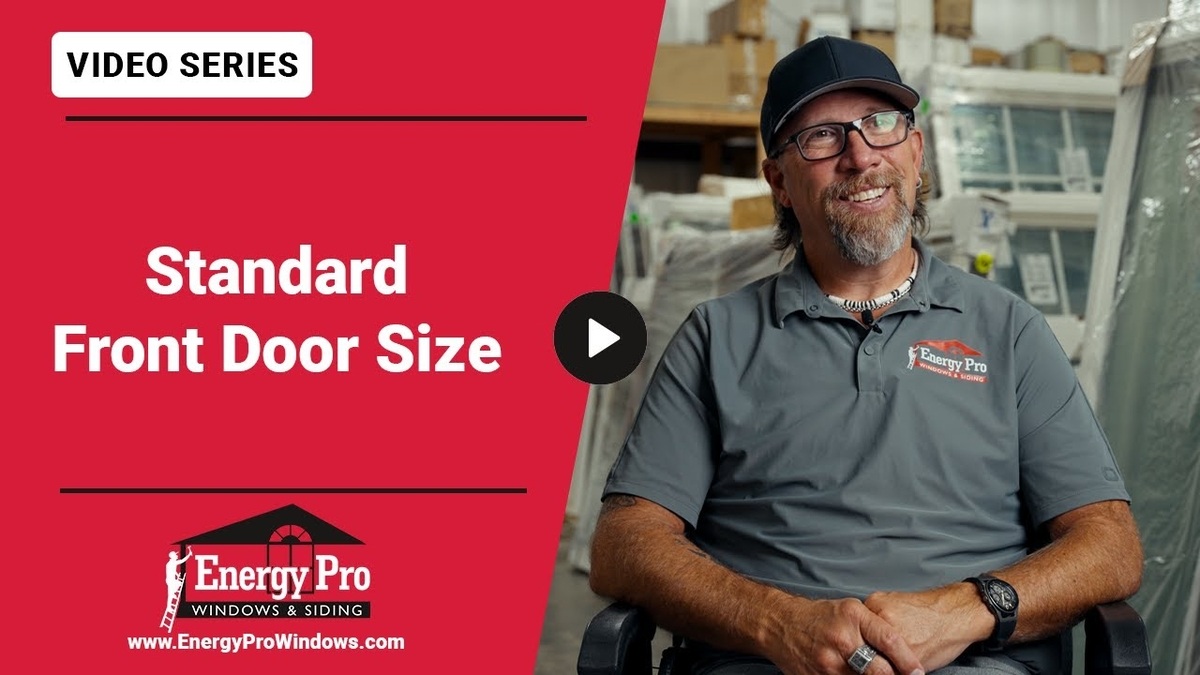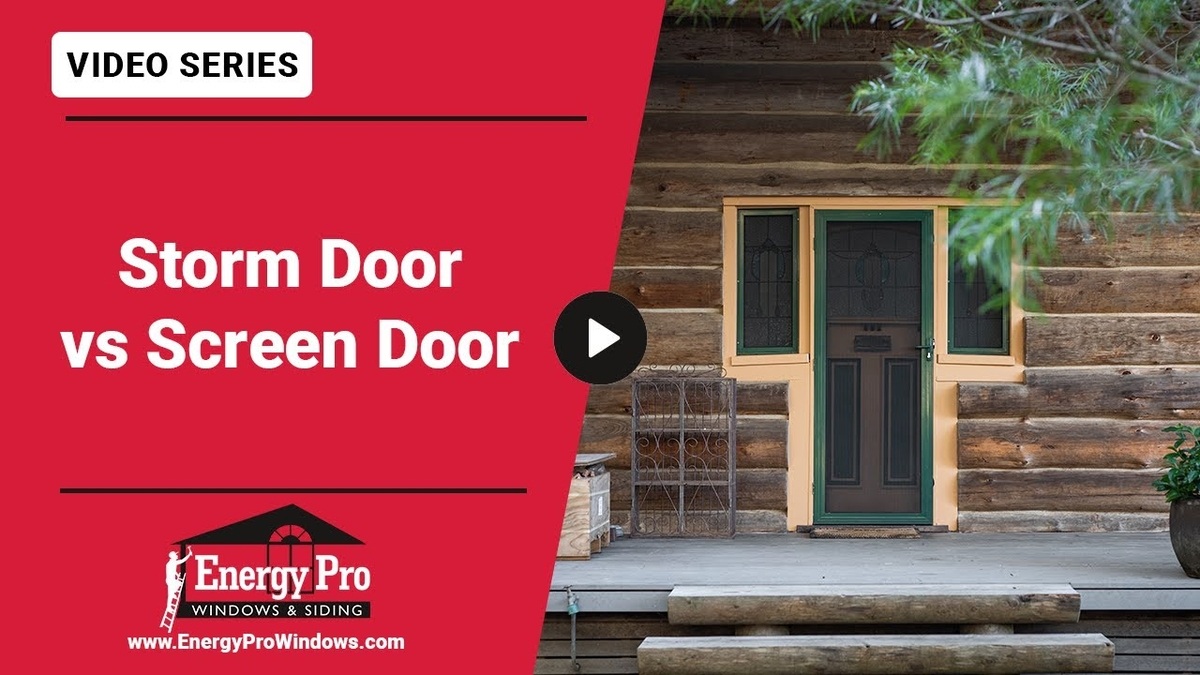High energy bills often point to a problem that’s easy to overlook: inefficient windows. If your home struggles to stay warm in the winter or cool in the summer, upgrading to energy efficient windows could make a noticeable difference. At Energy Pro, we help homeowners choose windows that reduce energy use while improving year-round comfort. Knowing which features to look for can help you get the most value from your investment.
What Makes a Window Energy Efficient?
Energy efficient windows are designed to keep the outdoor elements from creeping into your home. But what exactly makes a window efficient? Here are the key components that work together to improve performance:
1. U-Factor: How Well the Window Retains Heat
The U-factor is a measurement of how well your window prevents heat from escaping your home. Lower numbers are better. Specifically, you want the U-factor to be at or below 0.30. That tells you the window is doing a solid job of keeping warm air inside during colder months.
This is one of the first things we check on the Energy Star sticker. A low U-factor means your furnace won’t have to work overtime just to keep the home comfortable.
2. Solar Heat Gain: Blocking Outdoor Heat and UV Rays
The solar heat gain coefficient (SHGC) tells us how much of the sun’s heat gets through the glass. A lower SHGC means the window is blocking more of that outdoor heat and UV light—keeping your home cooler in the summer.
Windows with good solar control are especially helpful on sunny days, where excess heat can raise indoor temperatures and cause your air conditioner to cycle more frequently.
3. Visible Transmittance: Natural Light Without the Heat
Visible transmittance refers to how much natural light passes through the glass. The higher the number, the more daylight comes into the room.
A higher visible transmittance rating helps you rely less on artificial lighting during the day, which can reduce your electricity use. Good natural light without the extra heat is the perfect balance.
4. Air Leakage: Keeping Drafts Out
Air leakage is another critical part of energy efficiency. It measures how much outside air can sneak into your home through the window. Like the U-factor, this should also be at or below 0.30.
Many of today’s high-efficiency furnaces and air conditioners draw in large amounts of return air. If your windows have leaks, this equipment could unintentionally pull in unconditioned air from outside, which forces your HVAC system to work harder. That’s why reducing air leakage is so important.
Frame Materials Also Matter
Not all energy efficient windows are built the same. The material in the window frame plays a big part in insulation performance.
Insulated Frames: Added Protection from Heat and Cold
Some energy efficient windows use polyoam-filled insulated frames. These frames add another layer of protection by slowing down the transfer of outside air into your home.
If your frames aren’t insulated, heat and cold can still find their way inside—defeating the purpose of upgraded glass.
Low Maintenance Options
We always recommend vinyl or fiberglass frames for customers in our area. These materials don’t require painting, sealing, or frequent upkeep. On the other hand, wood windows and metal-clad wood windows need regular maintenance to avoid rot and other long-term issues.
We also avoid aluminum windows in this region because they simply don’t perform well in our climate. Vinyl and fiberglass offer long-term reliability with minimal upkeep.
Reading the Energy Star Sticker: What to Look For
Every Energy Star window comes with a label, and it includes four key ratings:
- U-Factor: How well the window holds heat inside (aim for 0.30 or below)
- Solar Heat Gain Coefficient: How much outdoor heat is blocked
- Visible Transmittance: How much natural light comes in
- Air Leakage: How much outdoor air seeps into your home (aim for 0.30 or below)
If you’re not sure what each number means, we’re happy to explain it during your consultation. These numbers give you a quick way to compare different window options and know exactly what you’re getting.
Why Replacing Old Windows Pays Off
When older windows are replaced with new energy efficient windows, the difference in comfort and energy use is noticeable right away. You’ll likely see:
- Lower heating bills in winter
- Less stress on your HVAC system
- Fewer drafts and hot spots
- A quieter, more comfortable home
The upfront cost of replacement is an investment, but the long-term savings and benefits more than make up for it.
In Summary
Choosing energy efficient windows is one of the smartest ways to reduce your home’s energy use and cut down your monthly utility bills. With features like low U-factors, low air leakage, insulated frames, and the right solar heat gain ratings, you’re not just getting a new look—you’re getting performance you can count on.
If you’re ready to explore your options, contact us today. At Energy Pro, we’ll walk you through your choices and make sure you get the best windows for your home and budget.



